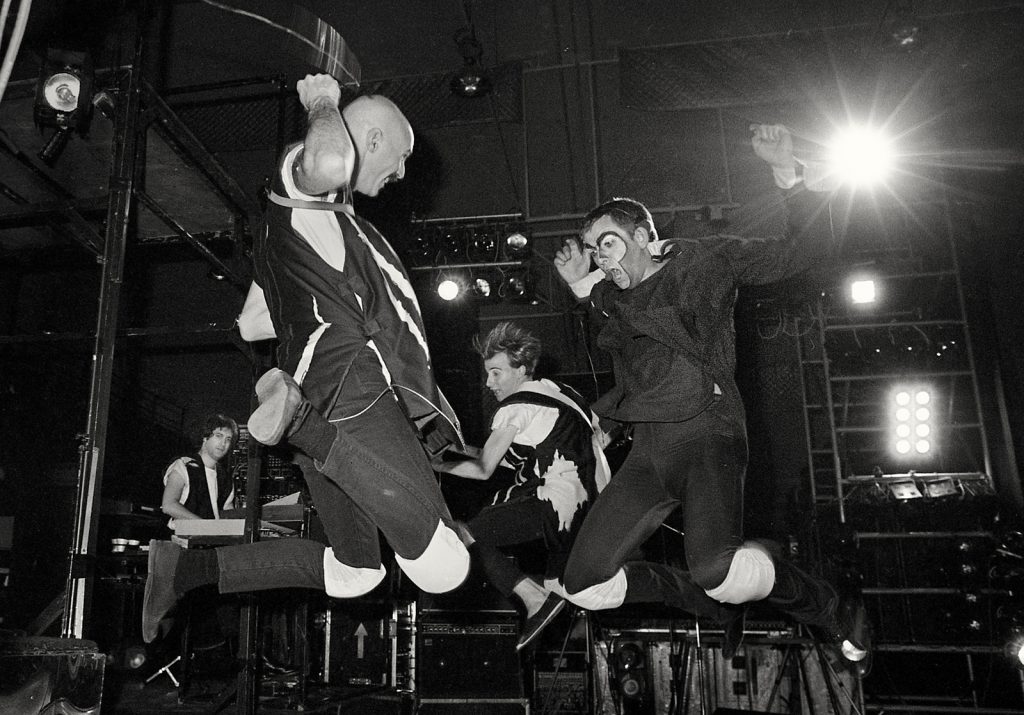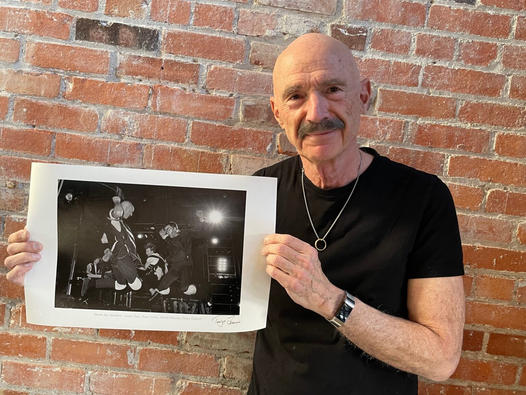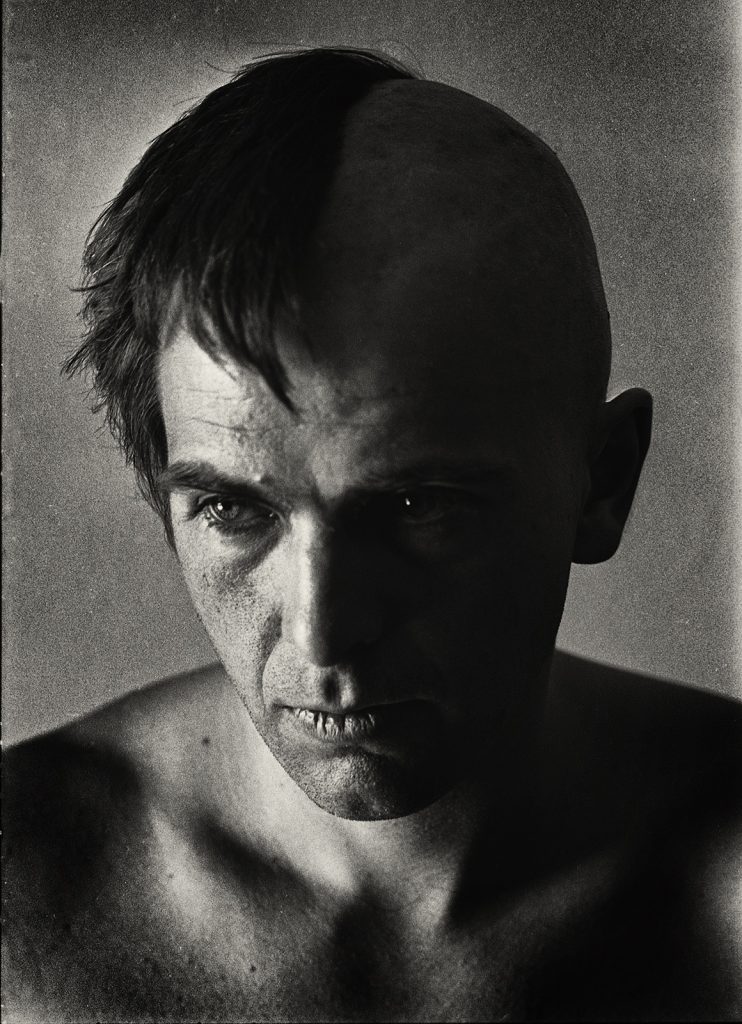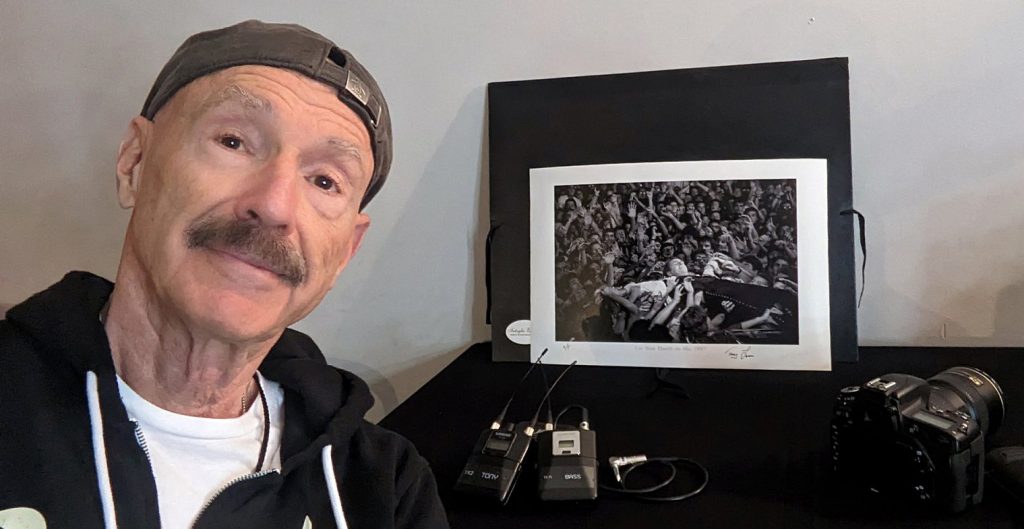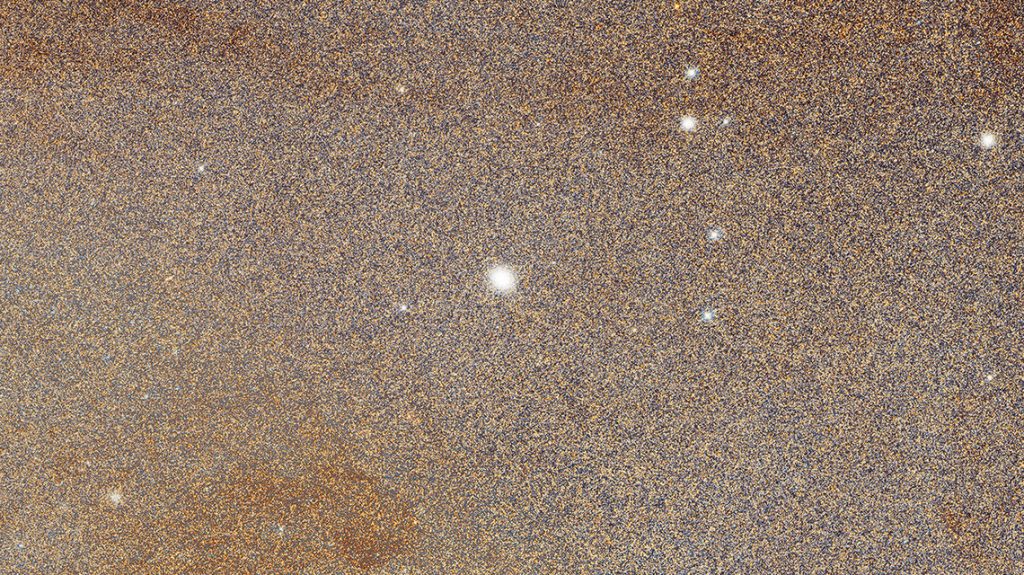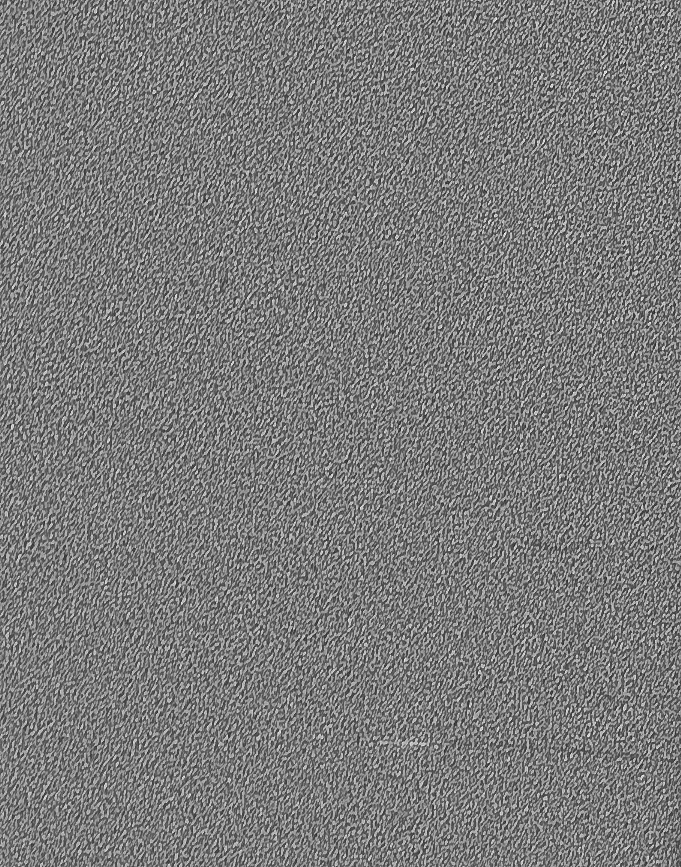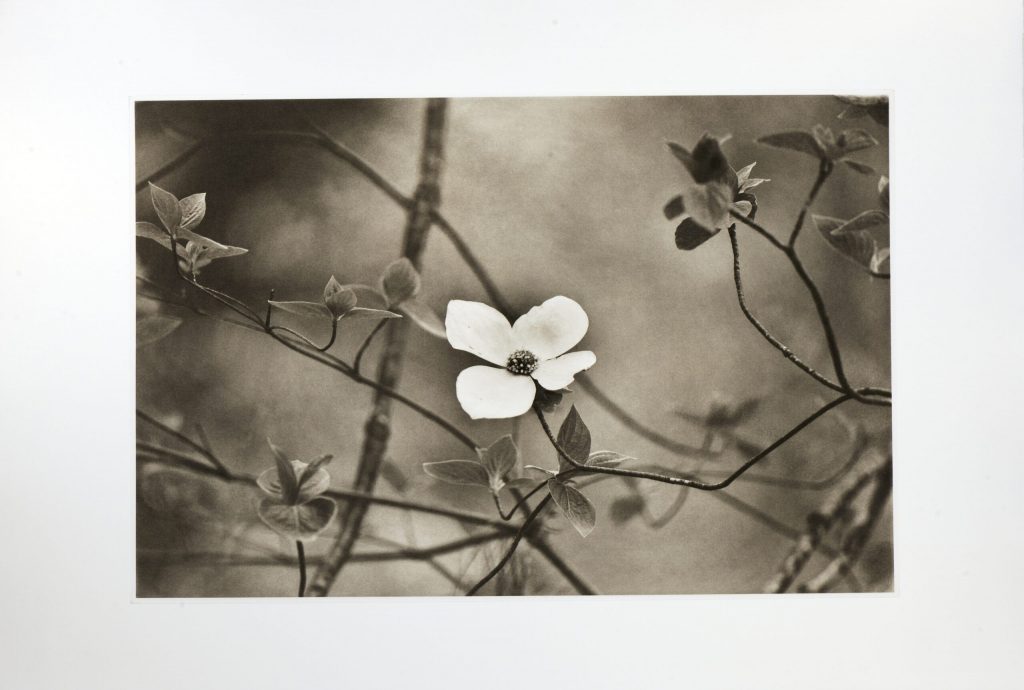If you’ve lived and worked in the same studio long enough, like I have, the structure is bound to decay. Walls and seams will break down, perforate, and sometimes provide access to unwanted visitors, especially in the colder months.
This month in my Colorado studio garage, cute little field mice have been starting to hold small, but noticeable rodent raves, in spite of no food sources. They were easy to detect when the room was quiet in the form of scratching noises under the sink.

After catching two rounds of mice, I noticed probable access points along the bottom corners of the garage doors and plugged them off with fluffed up steel wool SOS pads. I’ve been catching them two at a time this week (!), and driving them to a field about a mile away after blindfolding them and spinning them in circles a few times. <:3
I like these live traps below, because you can see if you caught any without having to pick up the trap, and they don’t slam shut and mutilate the mice, which, besides being cruel, is gross to clean up. Peanut butter on a cracker is proving to be the best bait ever
Since the last round of extraditions, I haven’t heard of seen any evidence of mice. So it only took a couple days of monitoring to resolve the problem, thankfully.
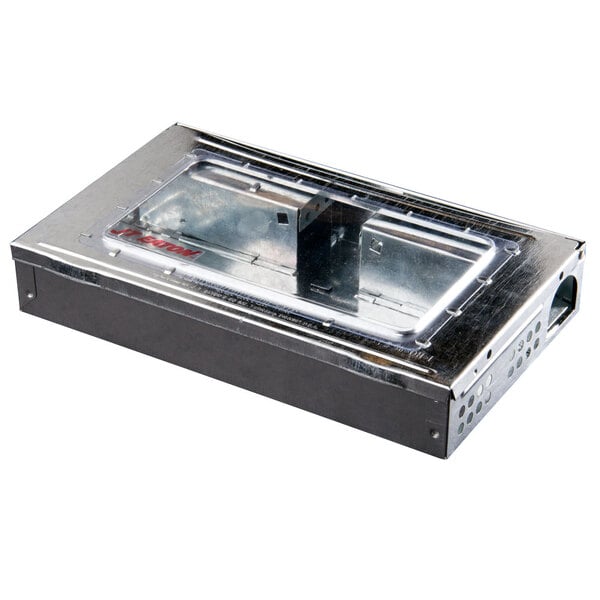
You can buy these human traps very affordably here:


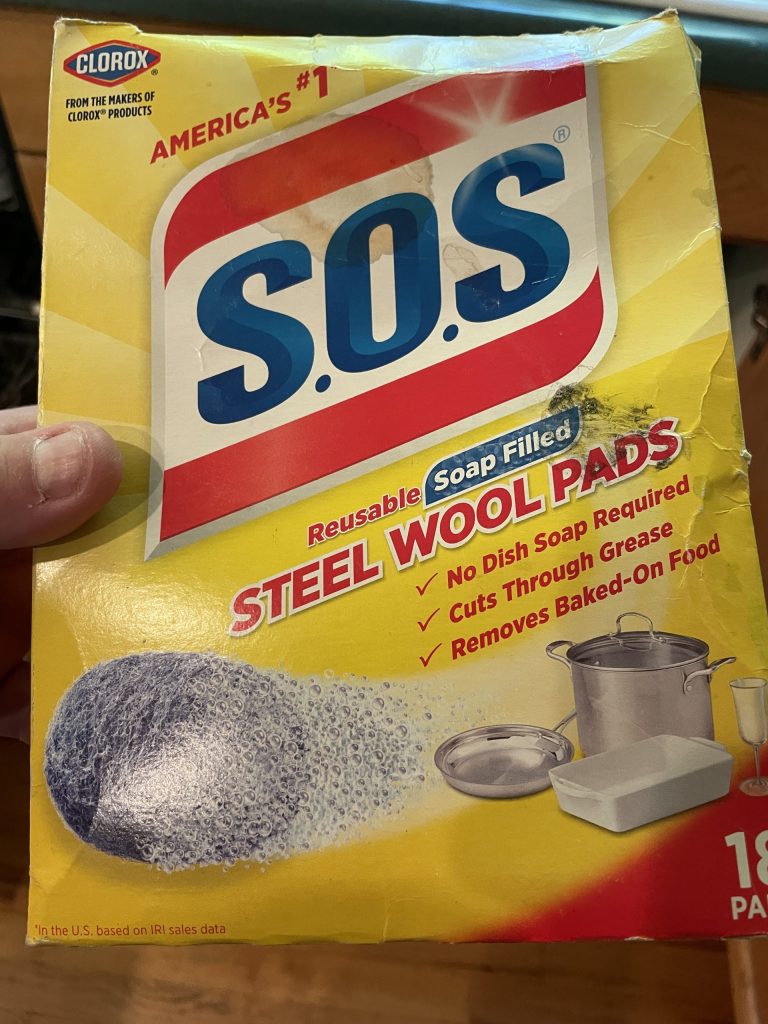
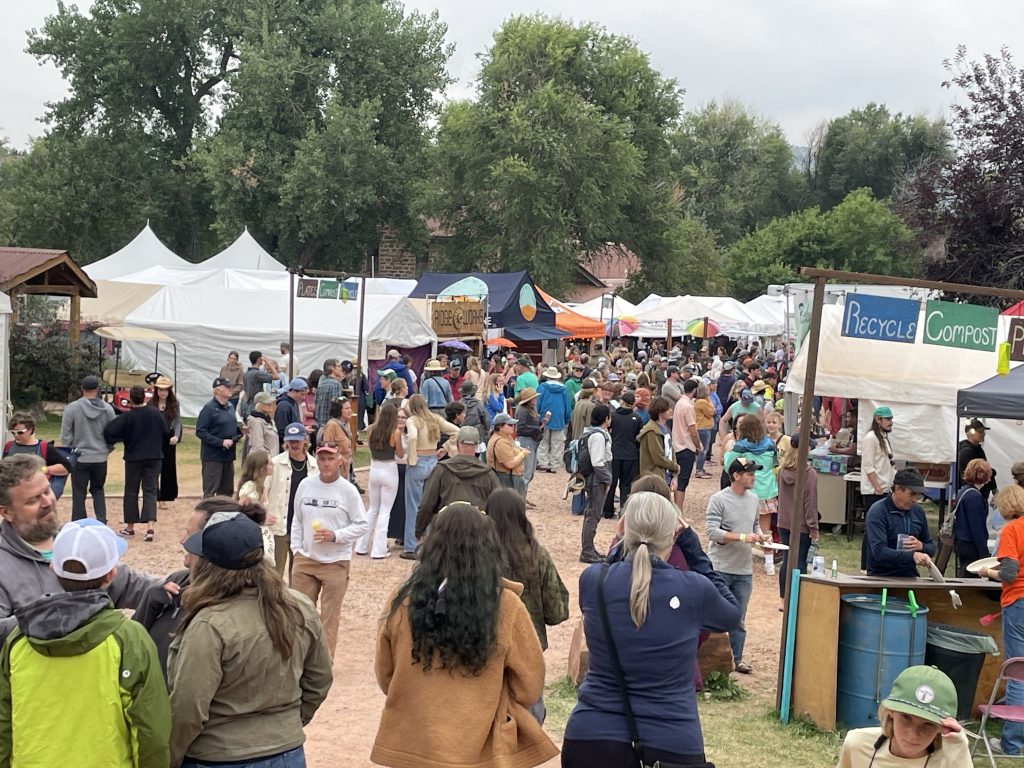
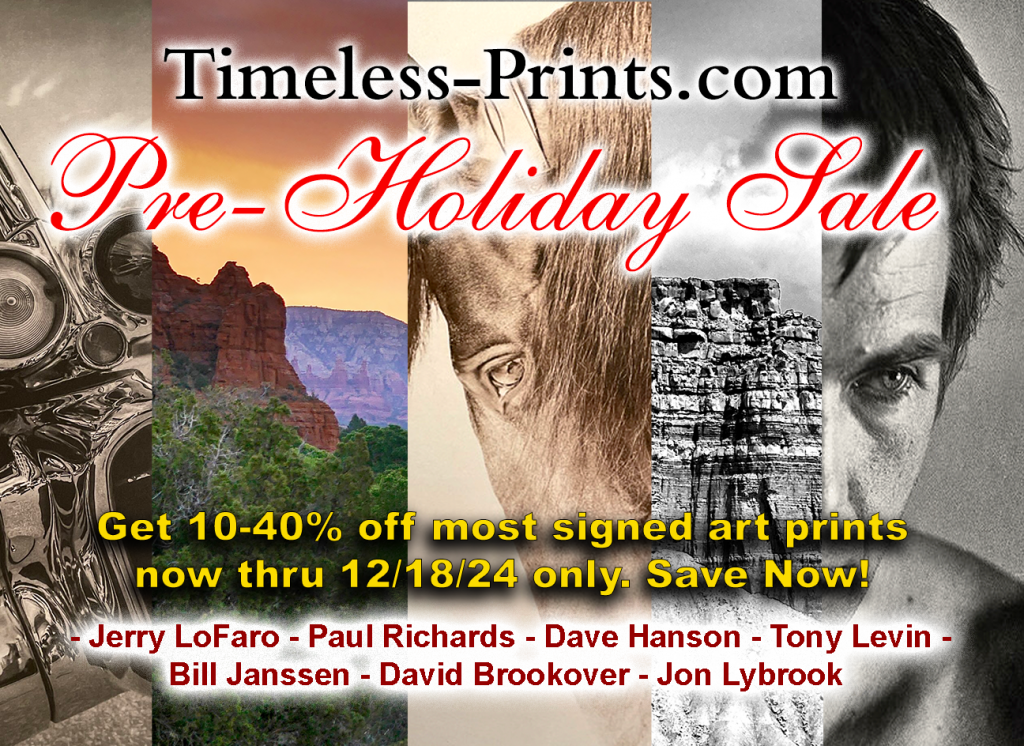
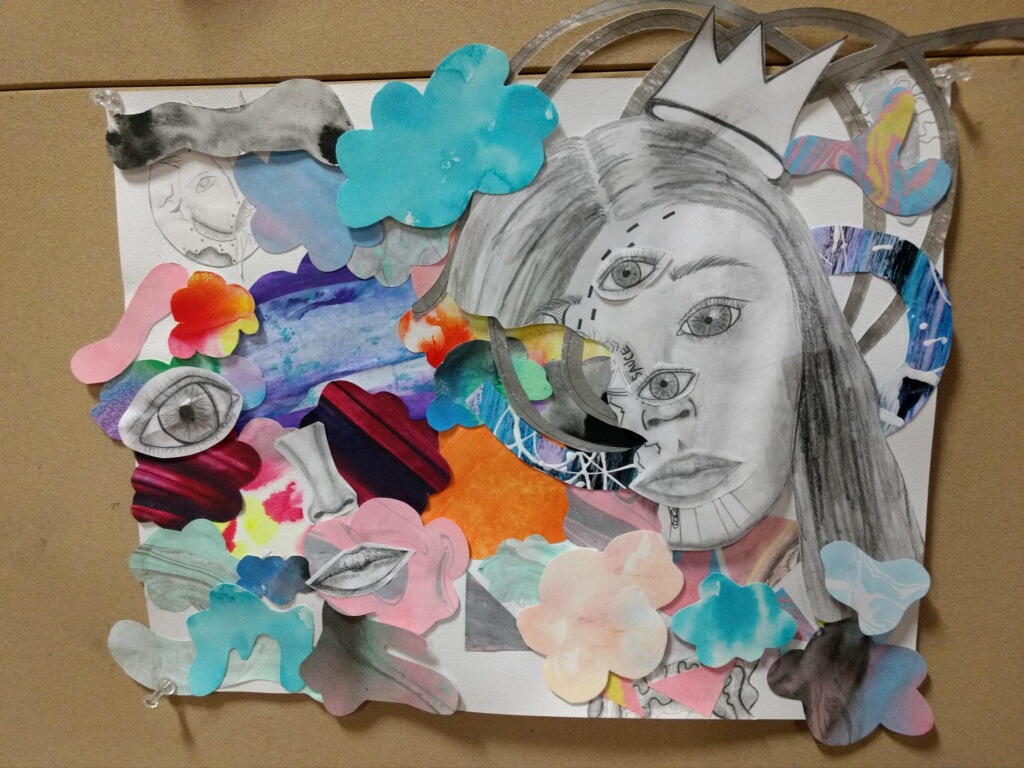

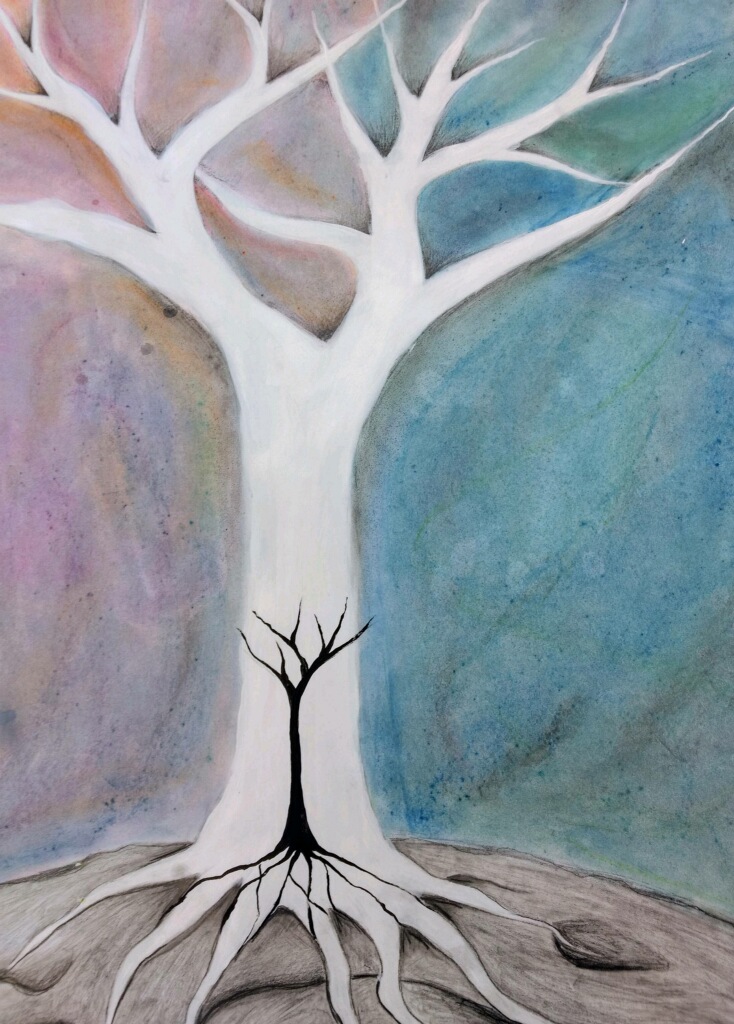
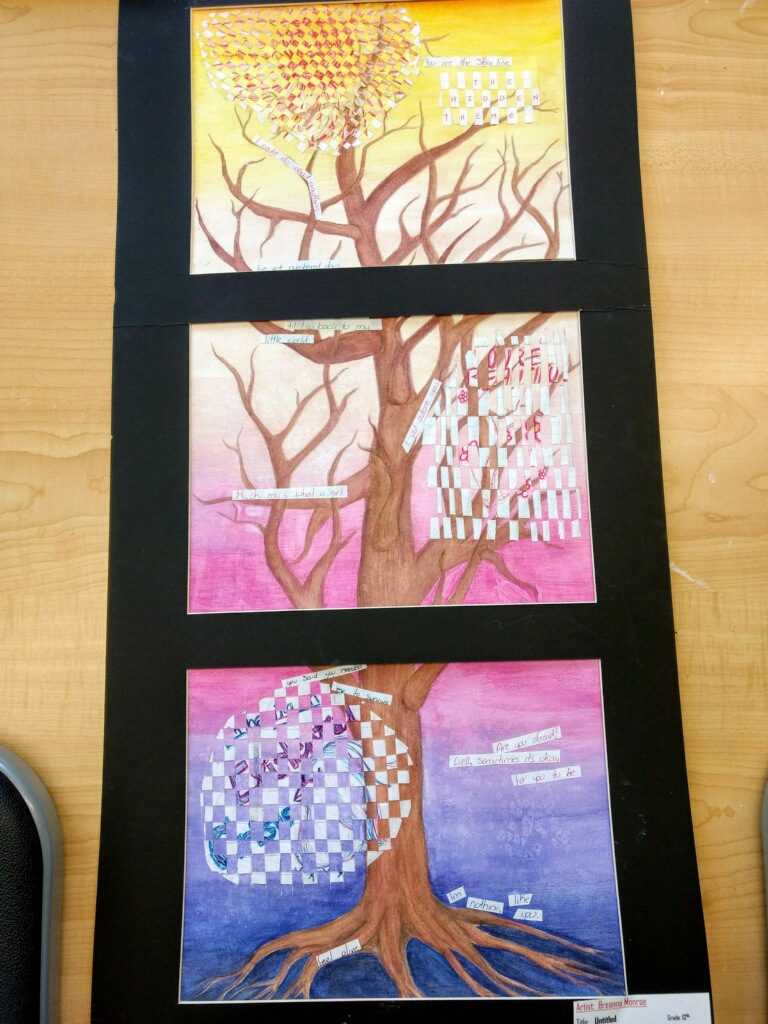
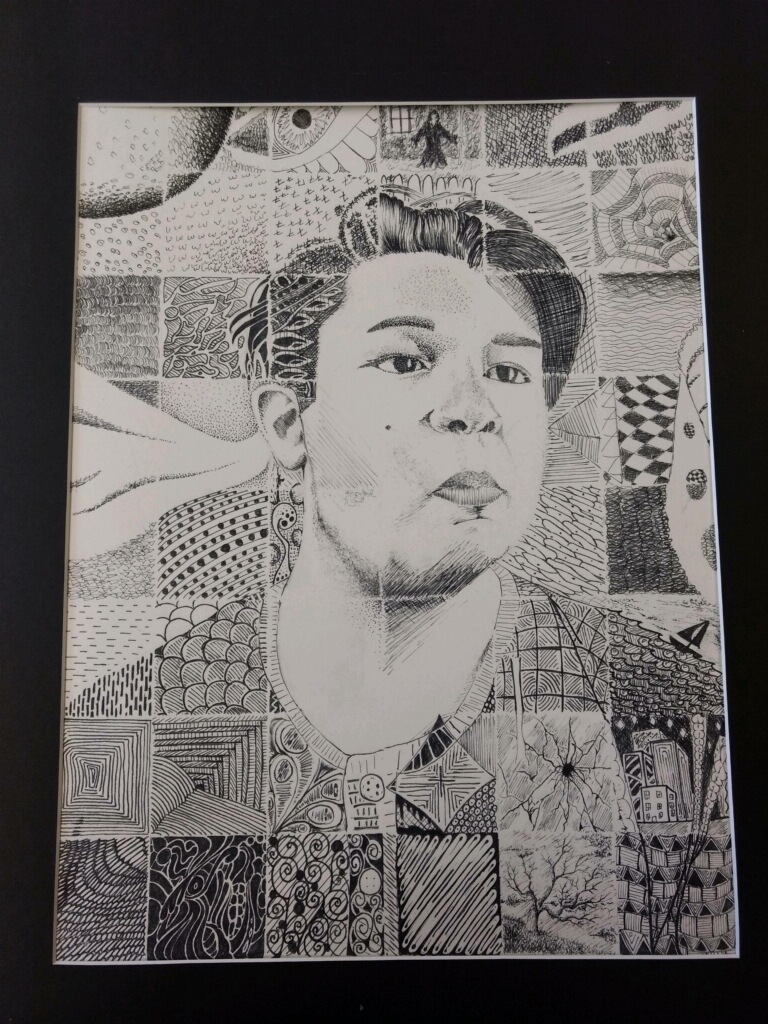
 Have quality art supplies to donate as well? Contact your local elementary school or contact the school board to ask about what donations are needed in your area. New or gently used art paper, canvas, and non-toxic paints are usually welcomed.
Have quality art supplies to donate as well? Contact your local elementary school or contact the school board to ask about what donations are needed in your area. New or gently used art paper, canvas, and non-toxic paints are usually welcomed.
